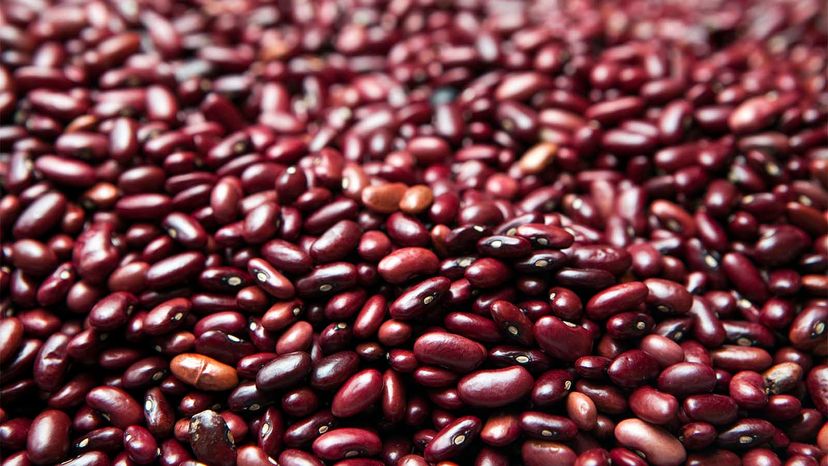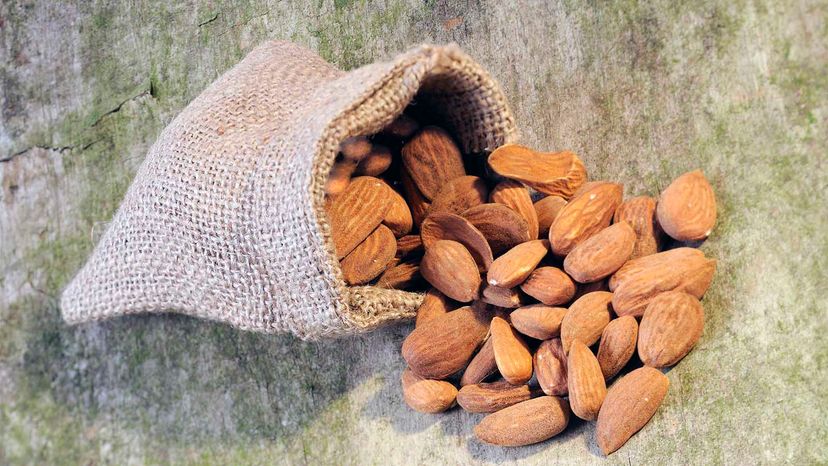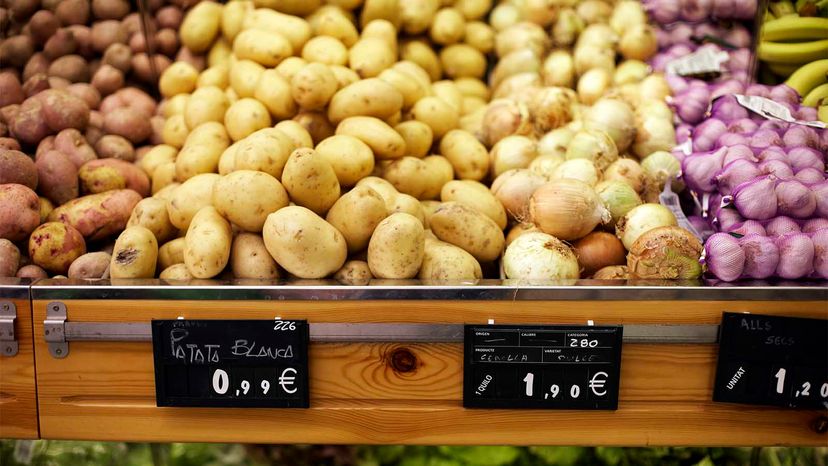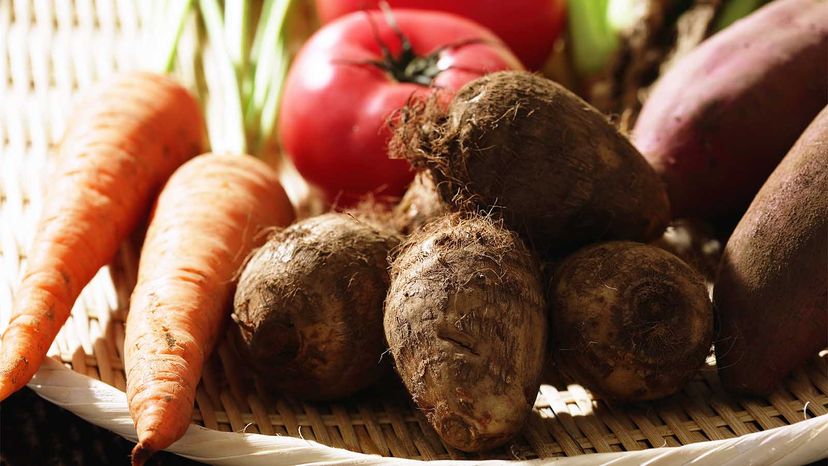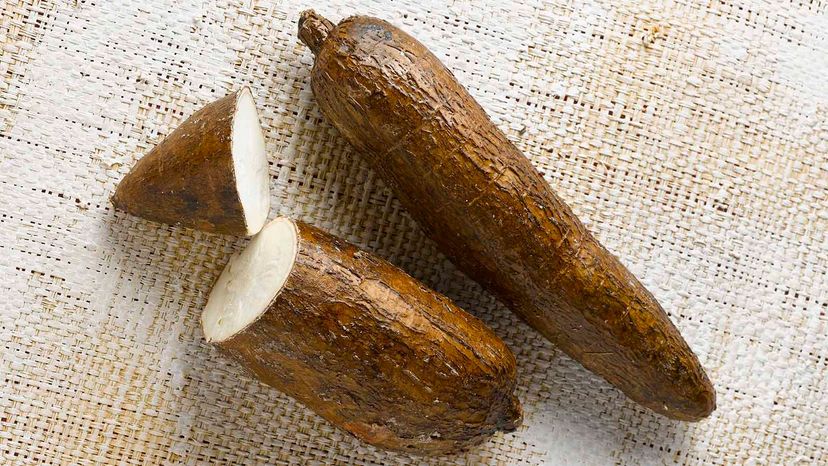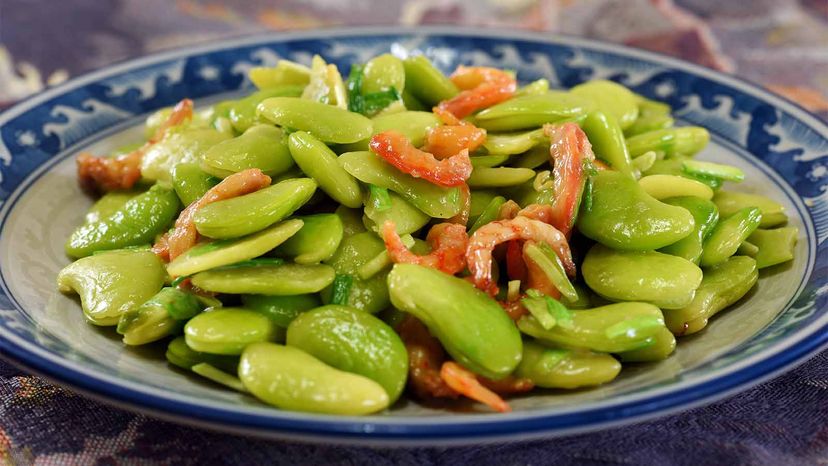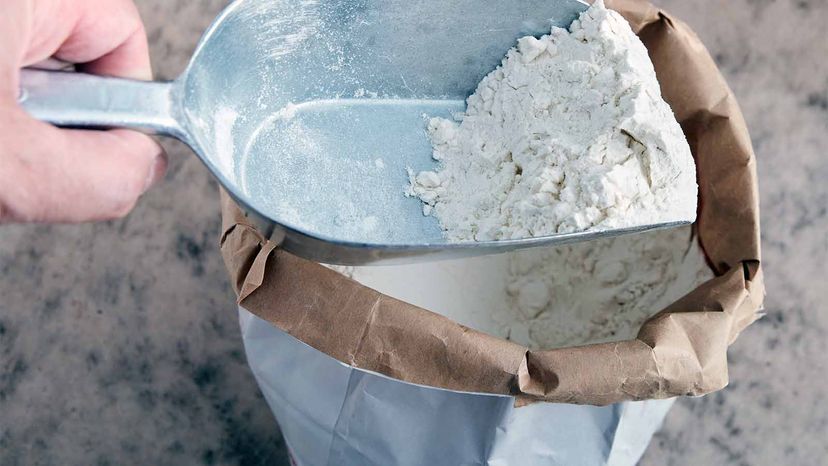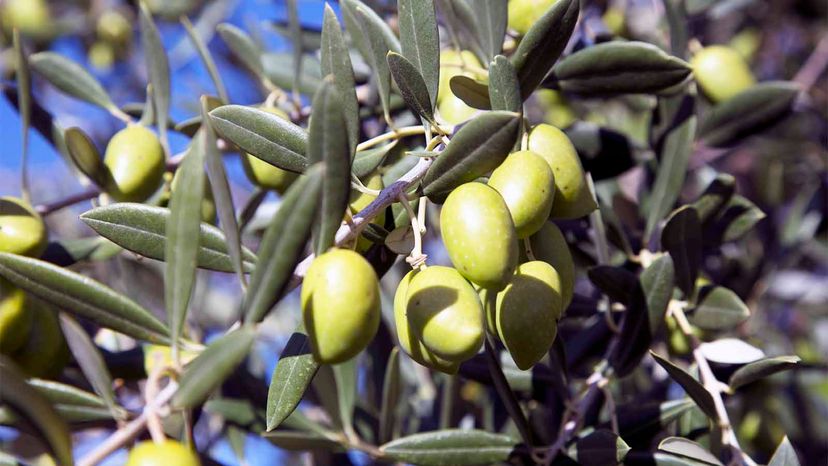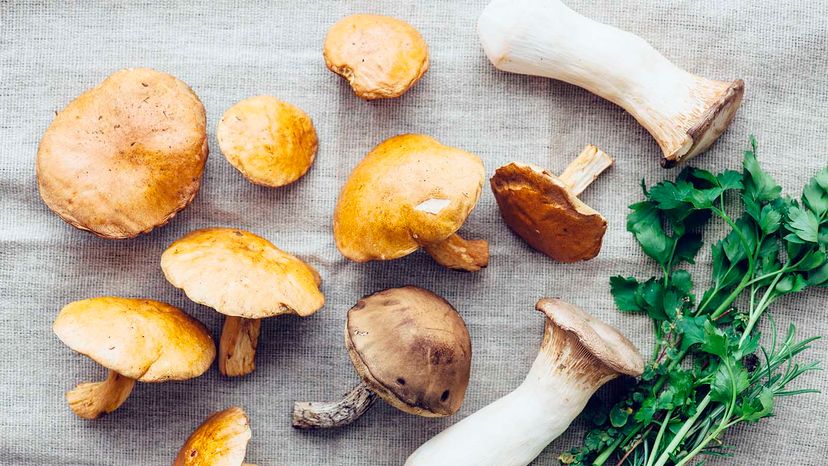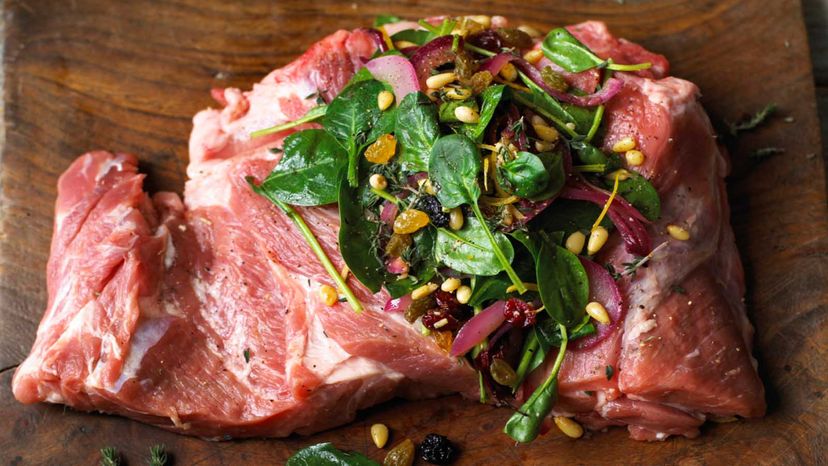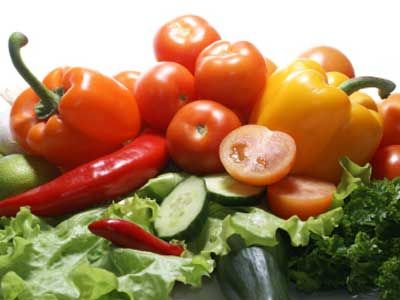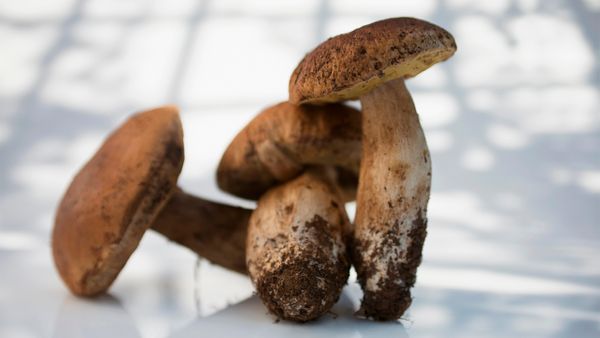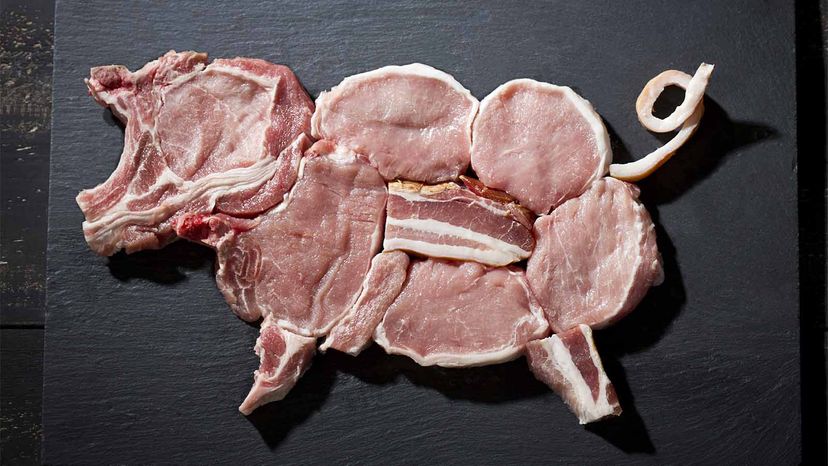
Raw foods get a lot of hype for their nutritional power, and it's deserved in many cases. While a 100 percent raw diet's health value is questionable, cooking or overcooking does destroy some of the vitamin content in certain foods [source: Spritzler].
For a person eating the standard American diet heavy on meat, dairy and overcooked vegetables, adding more raw fruits and veggies will certainly do more good than harm. But don't raid the farm just yet. There are some foods that you should simply never eat raw.
Advertisement
Many of the compounds that make foods on this list too toxic to eat raw are part of their defense mechanisms. Toxins, like deadly ricin in castor beans, or hydrogen cyanide in almonds, are designed to deter pests. For plants trying to survive, humans can be as much of a pest as slugs or aphids.
Some of the other foods on this list are just poisonous if they're not cooked properly, while others will just give you a wretched belly ache. Read on, and while you're at it, go ahead and put that water on to boil.
